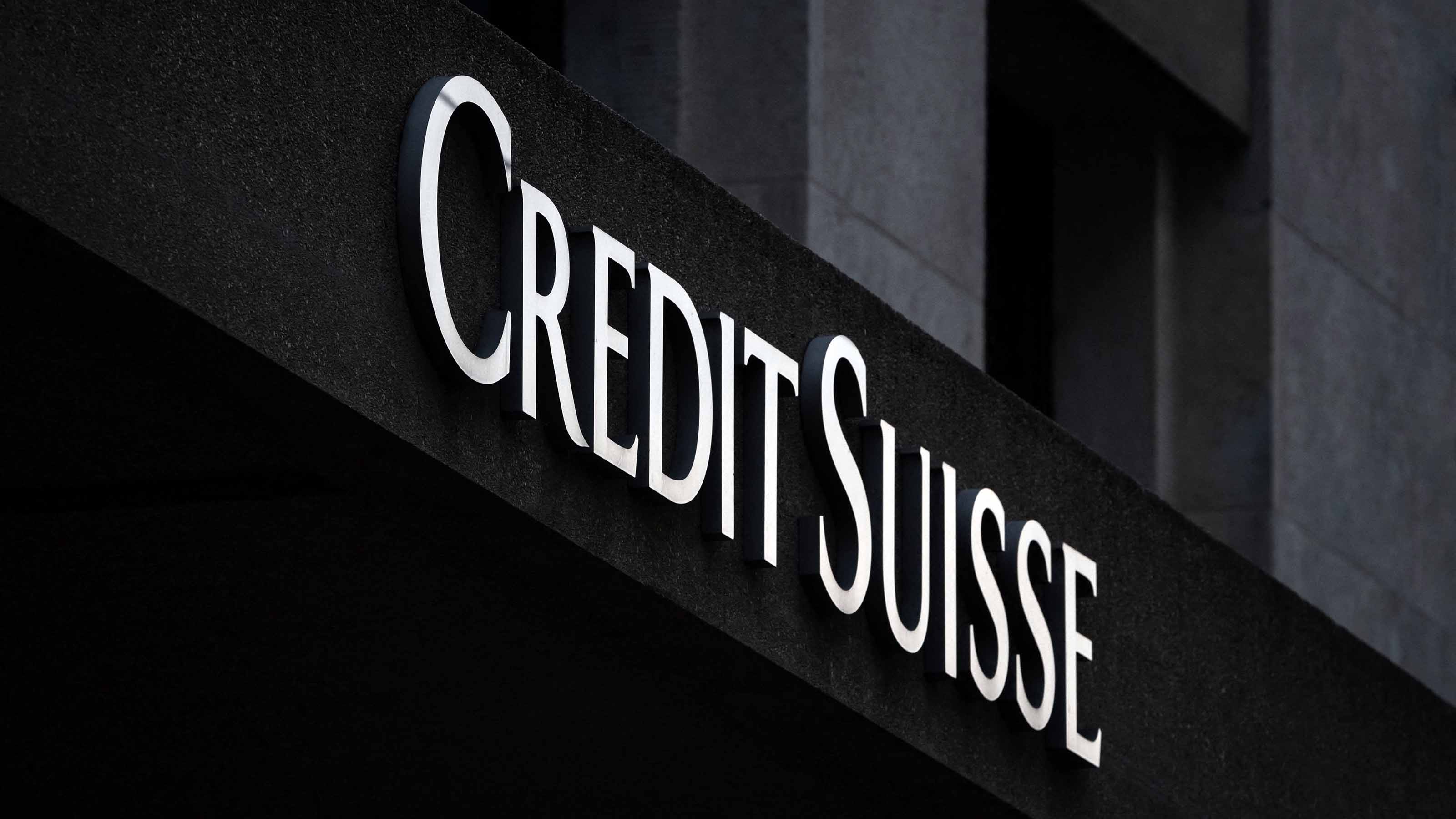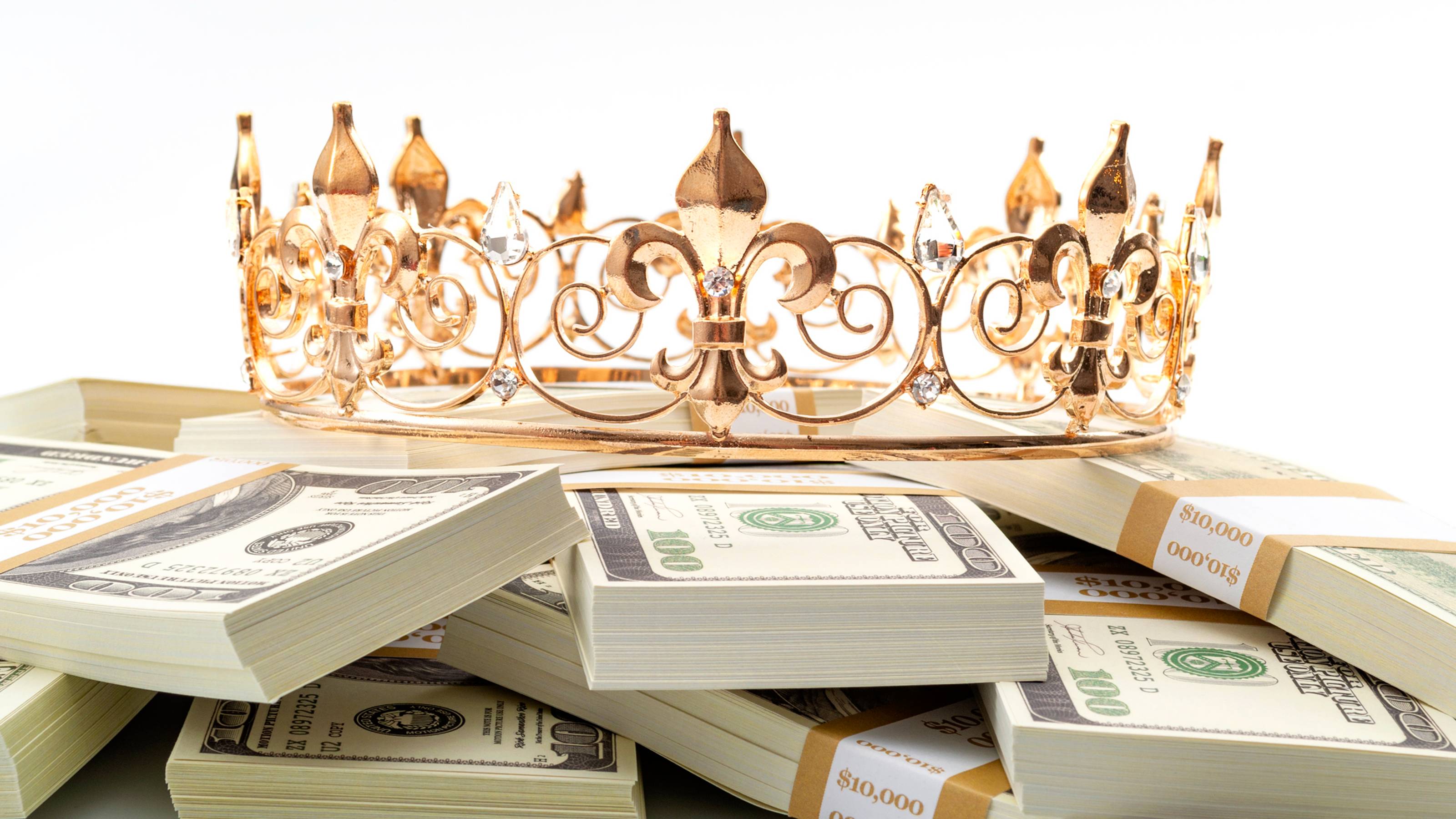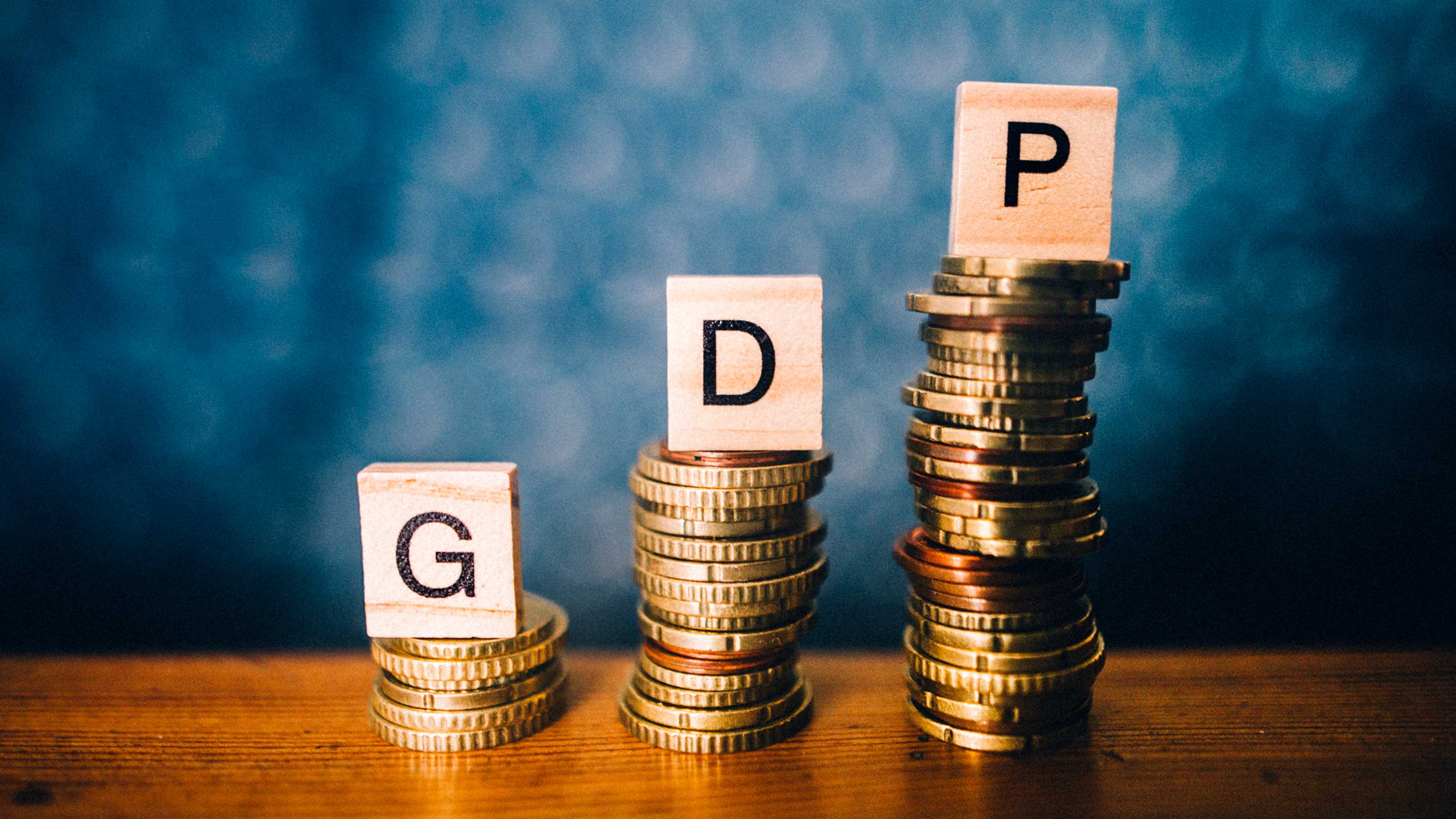Find Good Yields With Triple-B Bonds
The lowest-rated of investment-grade bonds include some solid and improving businesses that are worth adding to your portfolio.

The roster of companies with a triple-B bond rating, the lowest that’s considered investment-grade, has its share of weaklings, including Best Buy, Nokia and Sony. Some of those outfits will surely get busted to junk-bond status. But the triple-B category also includes solid and improving businesses, such as Exelon, Harley-Davidson, Priceline.com and Yum Brands. Fitch Ratings, one of the three main bond graders, recently promoted Ford Motor bonds from junk to triple-B status.
The triple-B universe, which accounts for 38% of all U.S. corporate bonds, reaches from Baa1 (best) to Baa3 at Moody’s, and from BBB+ to BBB- at Fitch and Standard & Poor’s. It is the sweet spot in the never-ending search for good yields. Triple-B bonds are usually stable, yield about 4% nowadays, and occasionally can provide capital gains. Year-to-date, triple-B corporate bonds have returned 4.4%, the best of any taxable investment-grade category. Barclays Aggregate Bond index, which tracks the broad U.S. bond market, returned 1.7% (all returns are through May 4).
Why so many deals? There are a couple of explanations for the triple-B advantage. One is that the U.S. economy seems to be improving, which should benefit bonds with shakier credit ratings. Another is that you can normally find more bargains among triple-Bs than in other segments of the bond world. That’s mainly because investors perceive more credit risk in triple-B bonds than there actually is, says Mary Kane, head of taxable bonds at GW&K Investment Management, in Boston. Kane says some bond buyers, including pros who should know better, confuse a triple-B grade assigned to corporate bonds—a good rating—with the same grade given to municipal and foreign-government bonds, which is seen as a reprimand. Nations with triple-B debt, such as Ireland and Spain, are scrambling to stay solvent as their borrowing costs soar.

Sign up for Kiplinger’s Free E-Newsletters
Profit and prosper with the best of expert advice on investing, taxes, retirement, personal finance and more - straight to your e-mail.
Profit and prosper with the best of expert advice - straight to your e-mail.
But most triple-B-rated firms, including regional banks, manufacturers and utilities, are in good shape. Sure, a triple-B bond in your portfolio will take a hit of 3% to 10% on its price if it gets downgraded to junk status. But in the main, triple-B is a good place to invest. A separately managed account holding mostly triple-B-rated bonds that Kane runs at GW&K has returned an annualized 8.5% over the past five years and 7.3% over the past ten. Both figures are way ahead of the Barclays Aggregate index.
Triple-Bs remain reasonably priced relative to other bonds. In early May, the yield spread (or the difference in yields) between a Barclays index of medium-maturity triple-B bonds and ten-year Treasuries stood at 1.9 percentage points. That’s in the middle of the range over the past year. When the spread drops to about one percentage point, triple-B bonds are considered expensive. For now, it’s fine to buy.
If you buy your own bonds, you can find gobs of triple-Bs at Fidelity, Schwab, E-Trade and other brokers. I’d skip bonds from big banks and buy those of regional banks and industrial firms. Although Ford bonds have gained in value since the Fitch upgrade, you can still get a 5.8% yield to maturity on a noncallable issue due in 2022 while you wait for Moody’s and S&P to upgrade Ford. I also like junk-rated General Motors bonds. Look for GM, which came out of bankruptcy in July 2009, to follow Ford back to investment-grade status in 12 to 18 months.
Mutual fund buyers have wonderful choices. A nearly pure play, as the name indicates, is PIA BBB Bond (symbol PBBBX), which must keep at least 80% of its assets in triple-B bonds. The fund, which yields 3.9%, collects extra income by owning a few emerging-markets bonds. So far in 2012, PIA BBB has returned 4.3%. Other, more familiar funds with substantial holdings of triple-B bonds include Dodge & Cox Income (DODIX), Payden Core Bond (PYCBX) and T. Rowe Price Corporate Income (PRPIX). All yield more than 3%.
Kiplinger's Investing for Income will help you maximize your cash yield under any economic conditions. Download the premier issue for free.
Get Kiplinger Today newsletter — free
Profit and prosper with the best of Kiplinger's advice on investing, taxes, retirement, personal finance and much more. Delivered daily. Enter your email in the box and click Sign Me Up.

-
 Stock Market Today: Stocks Gain on Tech, Auto Tariff Talk
Stock Market Today: Stocks Gain on Tech, Auto Tariff TalkThe Trump administration said late Friday that it will temporarily halt tariffs on some Chinese tech imports.
By Karee Venema
-
 Sam's Club Plans Aggressive Expansion: Discover Its New Locations
Sam's Club Plans Aggressive Expansion: Discover Its New LocationsSam's Club expansion plans will open up to 15 new stores each year. Learn where they plan to open in 2025.
By Sean Jackson
-
 Bond Basics: How to Reduce the Risks
Bond Basics: How to Reduce the Risksinvesting Bonds have risks you won't find in other types of investments. Find out how to spot risky bonds and how to avoid them.
By the editors of Kiplinger's Personal Finance
-
 Why Investors Needn't Worry About U.S. Credit Downgrade
Why Investors Needn't Worry About U.S. Credit DowngradeFitch Ratings The United States saw its credit rating downgraded for just the second time in history, but experts aren't worried about the long-term damage to stocks.
By Dan Burrows
-
 Warren Buffett Advice: Why You Should Pick Businesses, Not Stocks
Warren Buffett Advice: Why You Should Pick Businesses, Not StocksCan you beat the averages? Warren Buffett can. What can mere mortals learn from his success?
By James K. Glassman
-
 Bond Ratings and What They Mean
Bond Ratings and What They Meaninvesting Bond ratings measure the creditworthiness of your bond issuer. Understanding bond ratings can help you limit your risk and maximize your yield.
By Donna LeValley
-
 Stock Market Today: Stocks Struggle on Credit Suisse, First Republic Bank Concerns
Stock Market Today: Stocks Struggle on Credit Suisse, First Republic Bank ConcernsChaos in the financial sector stole the spotlight from this morning's inflation and retail sales updates.
By Karee Venema
-
 5 Stocks to Sell or Avoid Now
5 Stocks to Sell or Avoid Nowstocks to sell In a difficult market like this, weak positions can get even weaker. Wall Street analysts believe these five stocks should be near the front of your sell list.
By Dan Burrows
-
 Best Dividend Stocks to Buy for Dependable Dividend Growth
Best Dividend Stocks to Buy for Dependable Dividend Growthdividend stocks How do you find the best dividend stocks to buy? Income investors know there's no substitute for regular dividend increases over the long haul.
By Dan Burrows
-
 Q4 GDP Beats Expectations: What the Experts Say
Q4 GDP Beats Expectations: What the Experts SayGDP The latest GDP report shows that the economy avoided recession last year, but market pros say we might not be so lucky in 2023.
By Dan Burrows